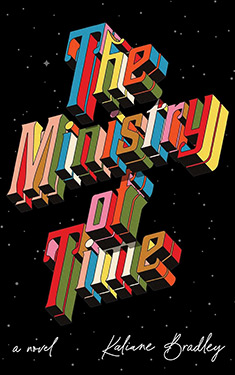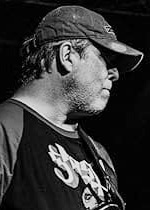Eugène Sue
| Full Name: | Joseph Marie Eugène Sue |
| Born: | January 20, 1804 Paris, France |
| Died: | July 3, 1857 Annecy-le-Vieux, Kingdom of Sardinia |
| Occupation: | Novelist |
| Nationality: | French |
| Links: |
|
Biography
Joseph Marie Eugène Sue was a French novelist. He established the genre of the serial novel with his very popular and widely imitated Les Mystères de Paris which was published in a newspaper from 1842 to 1843.
He was born in Paris, the son of a distinguished surgeon in Napoleon's army, Jean-Joseph Sue, and is said to have had the Empress Joséphine for godmother. Sue himself acted as surgeon both in the 1823 French campaign in Spain and at the Battle of Navarino (1828). In 1829 his father's death put him in possession of a considerable fortune, and he settled in Paris.
His naval experiences supplied much of the materials of his first novels, Kernock le pirate (1830), Atar-Gull (1831), La Salamandre (2 vols., 1832), La Coucaratcha (4 vols., 1832-1834), and others, which were composed at the height of the Romantic movement of 1830. In the quasi-historical style he wrote Jean Cavalier, ou Les Fanatiques des Cevennes (4 vols., 1840) and Latréaumont (2 vols., 1837). His Mathilde (1841) contains the first known expression of the popular proverb "La vengeance se mange très-bien froide", lately expressed in English as "Revenge is a dish best served cold".
He was strongly affected by the Socialist ideas of the day, and these prompted his most famous works, the "anti-Catholic" novels: Les Mystères de Paris (published in Journal des débats from 19 June 1842 until 15 October 1843) and Le Juif errant (tr. "The Wandering Jew") (10 vols., 1844-1845), which were among the most popular specimens of the serial novel. These works depicted the intrigues of the nobility and the harsh life of the underclass to a wide public. Les Mystères de Paris spawned a class of imitations all over the world, the city mysteries.
He followed up with some singular though not very edifying books: Les Sept pêchés capitaux (16 vols., 1847-1849), which contained stories to illustrate each of the Seven Deadly Sins, Les Mystères du peuple (1849-1856), which was suppressed by the censor in 1857, and several others, all on a very large scale, though the number of volumes gives an exaggerated idea of their length. Some of his books, among them Le Juif Errant and Les Mystères de Paris, were dramatized by himself, usually in collaboration with others. His period of greatest success and popularity coincided with that of Alexandre Dumas, père, with whom he has been compared.
Works in the WWEnd Database
Non Series Works |
|||||||||||||||||||
|
|
|
|
|
|||||||||||||||



















 Full Details
Full Details






